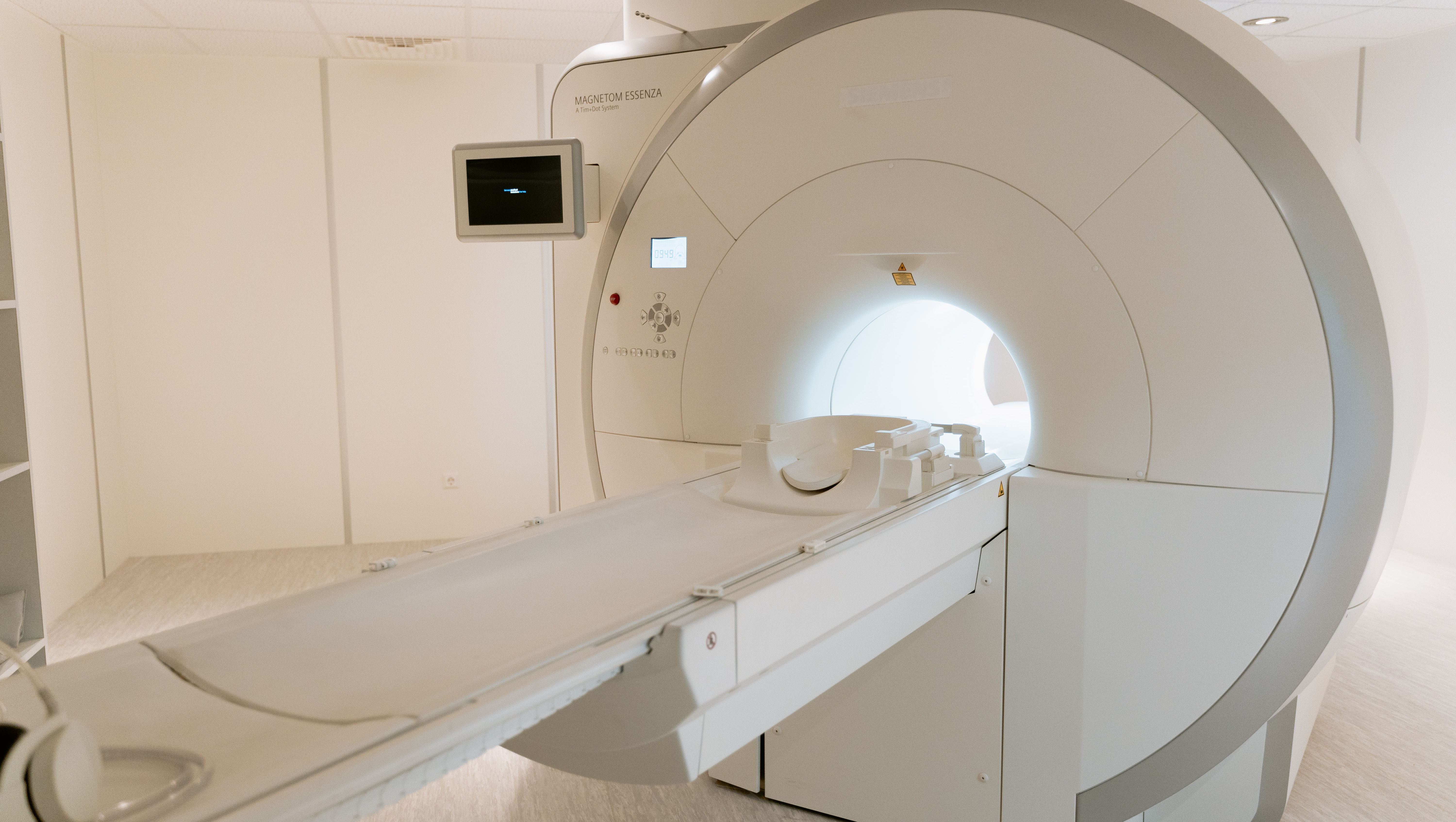The opportunities for non-physician providers (NPP) in radiology practices continue to expand. Recently the American College of Radiology (ACR) revised its CT and MRI facility accreditation criteria to allow NPPs to be able to directly supervise contrast administration. This mirrors the revised practice parameter for supervision of contrast administration that was previously adopted by the ACR. Note, however, that state licensure laws are the final authority that determine which services may be provided by NPPs.
Expanded Authorization for Non-Physician Providers on October 25, 2022
Categories: radiology reimbursement, radiology, NPP, Non-Physician Provider
Top 3 Threats To Independent Radiology Practices on October 17, 2022
Many radiologists prefer an independent practice model for a variety of reasons. Lifestyle and benefits (especially vacation and retirement) are often enhanced in a private practice. In the workplace, private practice offers more control over corporate culture along with the ability to structure the practice and its subspecialty focus in a way that best meets their patients’ needs. There is better opportunity for management of administrative and clinical time to accomplish research projects, journal articles, and continued professional growth. However, there are always challenges to maintaining practice independence, including staffing, consolidation, and legislative and environmental pressures.
Categories: radiology, practice independence, practice governance
What Will the MIPS Value Pathways Option Mean for Radiology Practices? on September 21, 2022
Beginning in 2023, physicians will have the option to report under the Medicare Quality Payment Program (QPP) using MIPS Value Pathways (MVP) in lieu of the traditional reporting methods. MIPS, the Medicare Incentive-based Payment System, started gathering performance reports in 2017 and in 2019 the first Medicare payment adjustments were made based on that 2017 reporting. Eventually traditional MIPS reporting will be phased out, but the Centers for Medicare and Medicaid Services (CMS) has not proposed a timeline for doing so.
Categories: radiology reimbursement, MIPS, MIPS participation, radiology
The No Surprises Act Final Rule Changes the IDR Process on September 14, 2022
The Final Rule related to the No Surprises Act (NSA), issued August 26, 2022, clarifies and modifies the Independent Dispute Resolution (IDR) process but makes no changes to the patient protections and other provider obligations of the NSA, such as notifications and cost estimates for uninsured patients. The IDR process has been the most controversial part of the NSA, especially the stipulation of the Qualifying Payment Amount (QPA) as the primary determinant of reimbursement. The rule finalizes disclosures that insurance payers must share about the QPA and it addresses the information to be considered in the determination of payment under the IDR process.
Categories: radiology, No Surprises Act
Essential Steps to Smooth Practice Governance on September 1, 2022
Practice governance involves hands-on, day-to-day management and oversight, along with a strong basis in group culture and structure. The group’s structure and to some extent its culture is defined in its ownership and operating documents. Our article “Essential Steps to Smooth Practice Governance” that was initially published in the May/June 2022 (Volume 57, Issue 3) edition of the Radiology Business Management Association’s RBMA Bulletin offers a complete review of steps to help your practice operate smoothly through adherence to its foundation documents.
Categories: radiology, practice governance
How Will the MPFS Proposed Rule Valuation Changes Impact Radiology? on August 11, 2022
The calculation of reimbursement under the Medicare Physician Fee Schedule (MPFS) is made up of three components, each of which can be adjusted during the annual rulemaking process. The one most discussed is the Conversion Factor (CF), which is the dollar amount applied to the table of Relative Value Units (RVU) to arrive at the reimbursement rate for each procedure; this is known as the National Medicare Fee. However, there is another factor, the Geographic Practice Cost Index (GPCI), that is applied individually to each payment locality across the country. This resulting fee is what is paid to the practice based on the location where the services are performed. The 2023 MPFS Proposed Rule proposes changes to all three components.
Categories: radiology reimbursement, MPFS, radiology, Medicare Physician Fee Schedule
Mid-Year Radiology Coding Update and Other Reminders on July 29, 2022
Most updates to procedural and diagnosis coding become effective at the beginning of the year, but there are always a few mid-year changes that occur. In recent years, coding has changed to accommodate the COVID-19 public health emergency, and there are a few additions this year as well. Along with those, we’ll also add some reminders about topics that we’ve covered before.
Categories: radiology coding, interventional radiology, low dose CT, radiology, Provider Relief Fund, telehealth
What’s In Store for Radiology In The 2023 Medicare Proposed Rule? on July 19, 2022
The Centers for Medicare and Medicaid Services (CMS) press release announcing the Medicare Physician Fee Schedule (MPFS) Proposed Rule for 2023 highlights expanded access to behavioral health services, Accountable Care Organizations (ACO), cancer screening, and dental care. Of these areas, cancer screening could be important to radiology practices, but the news was not good – CMS declined to include CT colonography coverage while it expanded coverage for traditional colonoscopy. The MPFS regulates the Medicare fee schedule payment provisions as well as the Quality Payment Program (QPP).
Categories: radiology reimbursement, cms, MPFS, MIPS, MIPS participation, radiology, QPP
How To Enhance Practice Revenue Using Video Reporting on July 1, 2022
Radiologists at NYU Langone Medical Center have been creating video radiology reports in addition to their traditional text-based reports. The videos are intended for the patient, not the referring physician, and they are uploaded to the patient portal as they are completed. A team headed by Michael P. Recht, MD, studied the results, which became available online April 20 at the American Journal of Roentgenology. An example of a video report is included in NYU Langone’s NewsHub.
Categories: radiology reimbursement, radiology coding, radiology, TAVR
The Contrast Media Shortage’s Impact on Radiology on June 1, 2022
The shutdown of GE Healthcare’s Shanghai, China plant that began in April has caused a global shortage of the iodinated contrast media iohexol (GE’s Omnipaque TM). GE reports that it has returned to a 50% production rate, and they have shifted some production to a plant in Ireland, but they expect an 80% reduction in supplies through June. Alternative contrast agents such as iodixanol (GE’s Vispaque TM) and ioversol (Optiray[1]) are becoming scarce as practices have shifted to using those products instead of iohexol. As of May 31, Omnipaque, Vispaque, and Ultravist (Bayer’s iopromide) have been added to the FDA’s list of drug shortages.
Categories: radiology, contrast media shortage













